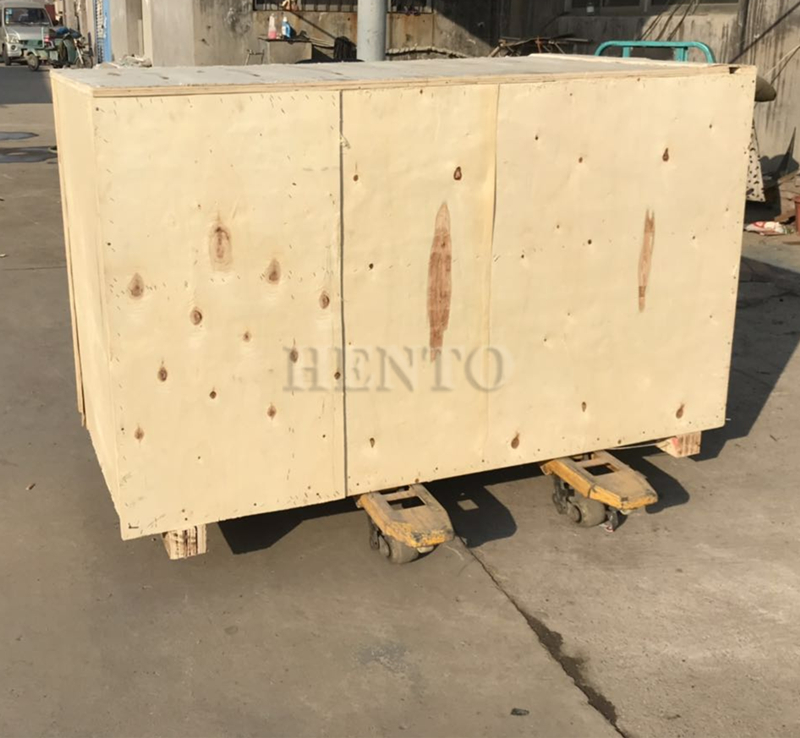Efficiently Harvesting Feathers with Innovative Duck Plucking Machine Design for Modern Farms
Aug . 13, 2024 00:06 Back to list
Efficiently Harvesting Feathers with Innovative Duck Plucking Machine Design for Modern Farms
The Evolution and Functionality of the Drill Duck Plucker
In the realm of poultry processing, efficiency and effectiveness are paramount. The advent of mechanization has transformed traditional methods, enabling faster and more efficient production. One of the most innovative inventions in this field is the drill duck plucker, a device designed to streamline the plucking process of ducks and other poultry. This article explores the functionality, evolution, and significance of the drill duck plucker in modern poultry processing.
The Need for Automation
Historically, plucking ducks was a labor-intensive task, requiring skilled labor and considerable time. Traditional methods involved manual plucking, which was not only tedious but also lacked consistency in results. As the demand for poultry products grew, farmers and processors sought ways to increase output while maintaining quality. This need for efficiency paved the way for the development of mechanical plucking devices.
Mechanism of the Drill Duck Plucker
The drill duck plucker functions by using a rotary action powered by an electric drill. The device typically consists of a drum fitted with rubber fingers or plucking pegs that are specially designed to mimic the motion of hand plucking. When a duck is placed inside the drum, the drill is activated, causing the drum to rotate. The rubber fingers gently grip the feathers and pull them out of the skin without damaging the bird. This method not only speeds up the plucking process but also ensures that the feathers are removed in a uniform manner.
Advantages Over Traditional Methods
drill duck plucker

The drill duck plucker presents several advantages over traditional plucking methods. Firstly, it significantly reduces the time required to process each bird. While manual plucking might take several minutes, the drill plucker can complete the task in a matter of seconds. This efficiency is particularly beneficial for small-scale farmers and processors looking to maximize their output without compromising quality.
Secondly, the use of a drill plucker minimizes the risk of injury to workers. Manual plucking often leads to fatigue and repetitive strain injuries, but with the automation provided by the drill plucker, workers can focus on monitoring the process rather than performing the physically demanding task themselves.
Moreover, the drill duck plucker is relatively easy to operate and maintain. With a simple setup, even those with minimal technical skills can quickly learn to use the device effectively. This accessibility makes it a popular choice among small poultry producers who may not have the resources to invest in more complex machinery.
Environmental Considerations
With the increasing awareness of sustainability and environmental responsibility, the drill duck plucker stands out as a more eco-friendly option. By utilizing electric power, it reduces the reliance on fossil fuels compared to larger industrial machines that may require significant energy inputs. Additionally, the efficiency of the machine leads to less waste, as feathers can be easily collected and repurposed for products such as insulation, bedding, or compost.
Conclusion
In conclusion, the drill duck plucker represents a significant step forward in poultry processing technology. Its ability to automate and streamline the plucking process addresses the historical challenges faced by producers while providing a safer and more efficient method of operation. As the poultry industry continues to evolve, innovations like the drill duck plucker will play a crucial role in shaping a more productive and sustainable future for poultry processing. For farmers and processors seeking to improve their operations, embracing such technologies is not just beneficial; it is essential in a rapidly changing market.
-
Hot Sale 24 & 18 Door Rabbit Cages - Premium Breeding Solutions
NewsJul.25,2025
-
Automatic Feeding Line System Pan Feeder Nipple Drinker - Anping County Yize Metal Products Co., Ltd.
NewsJul.21,2025
-
Automatic Feeding Line System Pan Feeder Nipple Drinker - Anping County Yize Metal Products Co., Ltd.
NewsJul.21,2025
-
Automatic Feeding Line System - Anping Yize | Precision & Nipple
NewsJul.21,2025
-
Automatic Feeding Line System - Anping Yize | Precision & Nipple
NewsJul.21,2025
-
Automatic Feeding Line System-Anping County Yize Metal Products Co., Ltd.|Efficient Feed Distribution&Customized Animal Farming Solutions
NewsJul.21,2025






